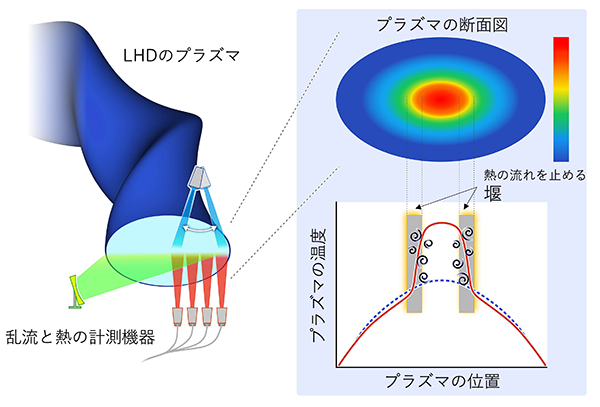2022-05-18 ペンシルベニア州立大学(PennState)
研究者たちは、本日(5月18日)、Global Change Biology誌に、マダガスカルの火災体制は、気候や植生の特徴を共有する熱帯の焼畑地域の88%と類似していると報告しています。また、マダガスカルの比較的高い樹木損失は、森林とサバンナの境界付近に集中しているのではなく、ランドスケープ規模の火災のない森林の内部で発生しており、中・大規模火災が高い樹木損失を引き起こしていないことを示唆していることがわかった。
<関連情報>
- https://www.psu.edu/news/research/story/high-rates-landscape-degradation-not-product-landscape-fires/
- https://onlinelibrary.wiley.com/doi/full/10.1111/gcb.16206
マダガスカルの火災レジームは、景観悪化に関する世界的な想定に挑戦している Madagascar’s fire regimes challenge global assumptions about landscape degradation
Leanne N. Phelps,Niels Andela,Mathieu Gravey,Dylan S. Davis,Christian A. Kull,Kristina Douglass,Caroline E. R. Lehmann
Global Change Biology Published: 18 May 2022
DOI:https://doi.org/10.1111/gcb.16206

Abstract
Narratives of landscape degradation are often linked to unsustainable fire use by local communities. Madagascar is a case in point: the island is considered globally exceptional, with its remarkable endemic biodiversity viewed as threatened by unsustainable anthropogenic fire. Yet, fire regimes on Madagascar have not been empirically characterised or globally contextualised. Here, we contribute a comparative approach to determining relationships between regional fire regimes and global patterns and trends, applied to Madagascar using MODIS remote sensing data (2003–2019). Rather than a global exception, we show that Madagascar’s fire regimes are similar to 88% of tropical burned area with shared climate and vegetation characteristics, and can be considered a microcosm of most tropical fire regimes. From 2003–2019, landscape-scale fire declined across tropical grassy biomes (17%–44% excluding Madagascar), and on Madagascar at a relatively fast rate (36%–46%). Thus, high tree loss anomalies on the island (1.25–4.77× the tropical average) were not explained by any general expansion of landscape-scale fire in grassy biomes. Rather, tree loss anomalies centred in forests, and could not be explained by landscape-scale fire escaping from savannas into forests. Unexpectedly, the highest tree loss anomalies on Madagascar (4.77×) occurred in environments without landscape-scale fire, where the role of small-scale fires (<21 h [0.21 km2]) is unknown. While landscape-scale fire declined across tropical grassy biomes, trends in tropical forests reflected important differences among regions, indicating a need to better understand regional variation in the anthropogenic drivers of forest loss and fire risk. Our new understanding of Madagascar’s fire regimes offers two lessons with global implications: first, landscape-scale fire is declining across tropical grassy biomes and does not explain high tree loss anomalies on Madagascar. Second, landscape-scale fire is not uniformly associated with tropical forest loss, indicating a need for socio-ecological context in framing new narratives of fire and ecosystem degradation.



